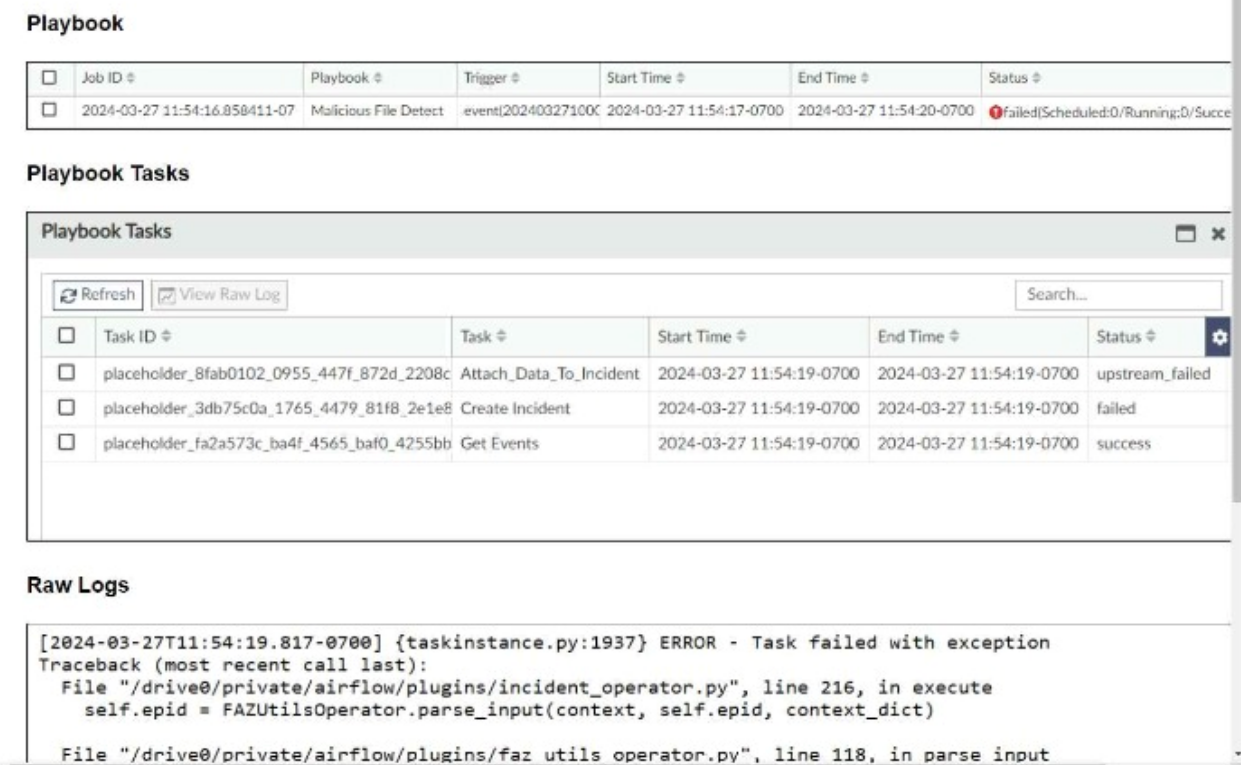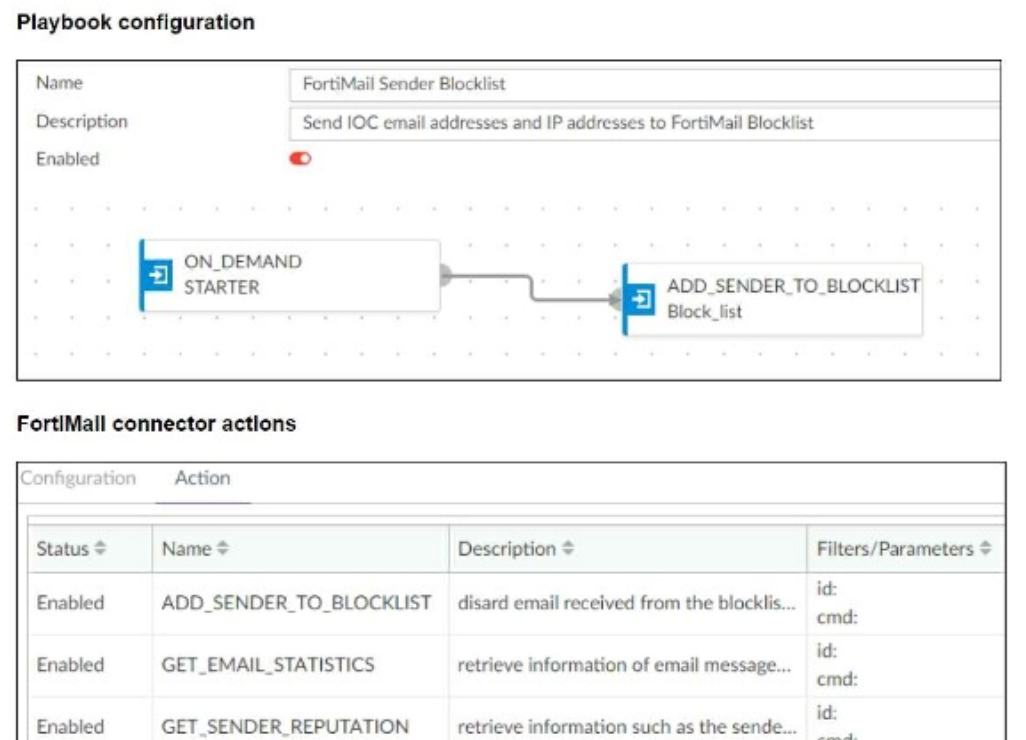Understanding the Problem:
One FortiGate device is generating a significantly higher volume of logs compared to other devices, causing the ADOM to exceed its storage quota.
This can lead to performance issues and difficulties in managing logs effectively within FortiAnalyzer.
Possible Solutions:
The goal is to manage the volume of logs and ensure that the ADOM does not exceed its quota, while still maintaining effective log analysis and monitoring.
Solution A: Increase the Storage Space Quota for the First FortiGate Device:
While increasing the storage space quota might provide a temporary relief, it does not address the root cause of the issue, which is the excessive log volume.
This solution might not be sustainable in the long term as log volume could continue to grow.
Not selected as it does not provide a long-term, efficient solution.
Solution B: Create a Separate ADOM for the First FortiGate Device and Configure a Different Set of Storage Policies:
Creating a separate ADOM allows for tailored storage policies and management specifically for the high-log-volume device.
This can help in distributing the storage load and applying more stringent or customized retention and storage policies.
Selected as it effectively manages the storage and organization of logs.
Solution C: Reconfigure the First FortiGate Device to Reduce the Number of Logs it Forwards to FortiAnalyzer:
By adjusting the logging settings on the FortiGate device, you can reduce the volume of logs forwarded to FortiAnalyzer.
This can include disabling unnecessary logging, reducing the logging level, or filtering out less critical logs.
Selected as it directly addresses the issue of excessive log volume.
Solution D: Configure Data Selectors to Filter the Data Sent by the First FortiGate Device:
Data selectors can be used to filter the logs sent to FortiAnalyzer, ensuring only relevant logs are forwarded.
This can help in reducing the volume of logs but might require detailed configuration and regular updates to ensure critical logs are not missed.
Not selected as it might not be as effective as reconfiguring logging settings directly on the FortiGate device.
Implementation Steps:
For Solution B:
Step 1: Access FortiAnalyzer and navigate to the ADOM management section.
Step 2: Create a new ADOM for the high-log-volume FortiGate device.
Step 3: Register the FortiGate device to this new ADOM.
Step 4: Configure specific storage policies for the new ADOM to manage log retention and storage.
For Solution C:
Step 1: Access the FortiGate device's configuration interface.
Step 2: Navigate to the logging settings.
Step 3: Adjust the logging level and disable unnecessary logs.
Step 4: Save the configuration and monitor the log volume sent to FortiAnalyzer.
Fortinet Documentation on FortiAnalyzer ADOMs and log management FortiAnalyzer Administration Guide
Fortinet Knowledge Base on configuring log settings on FortiGate FortiGate Logging Guide
By creating a separate ADOM for the high-log-volume FortiGate device and reconfiguring its logging settings, you can effectively manage the log volume and ensure the ADOM does not exceed its quota.



